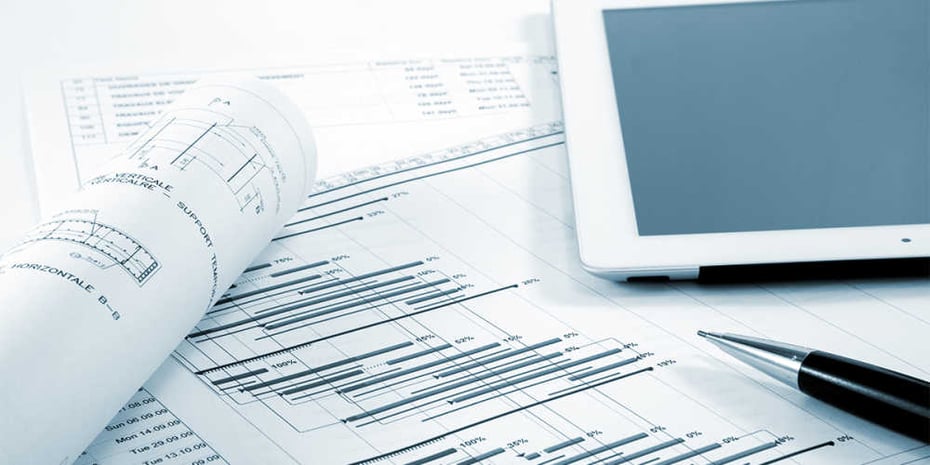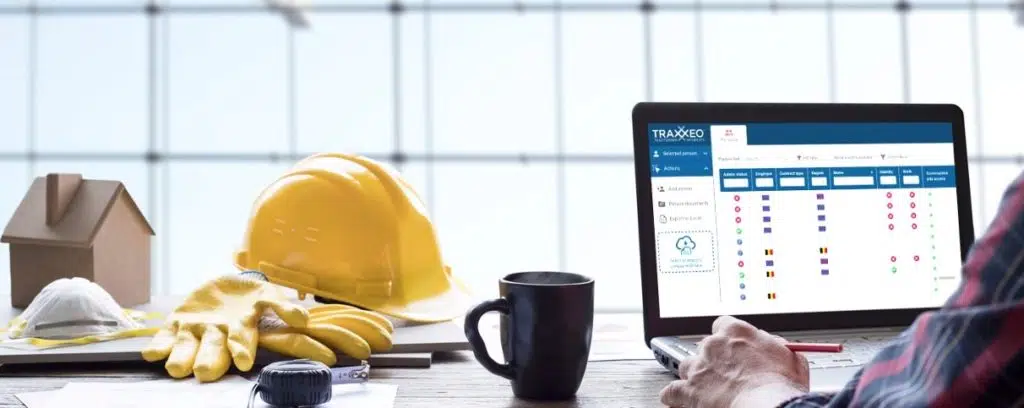Achieving Seamless Task Distribution: Architect's Comprehensive Method to Construction Document Monitoring
One critical aspect commonly underestimated is the monitoring of building records, which serves as the backbone of every job. As engineers navigate the intricacies of design, sychronisation, and implementation, an extensive technique to record management arises as a cornerstone for attaining smooth task distribution.
Significance of Construction Paper Management
Efficient building record monitoring plays an important role in ensuring project success by facilitating smooth communication and company throughout the building and construction procedure. By preserving precise and up-to-date building files, architects can effectively interact with contractors, subcontractors, and various other stakeholders associated with the project. These records work as a reference point for all parties, making sure that every person is working from the very same set of details and minimizing the likelihood of mistakes or misunderstandings.
Furthermore, building document administration helps designers stay arranged by offering a central location for all project-related info, consisting of illustrations, specifications, agreements, and correspondence. This organization improves the decision-making process and enables for fast access to crucial project details when required. In addition, correct file monitoring can enhance task efficiency, lower expensive hold-ups, and ultimately result in the successful completion of building tasks. Architects that focus on construction paper monitoring established a solid structure for project success and demonstrate a commitment to delivering premium outcomes.
Crucial Element for Efficient Paperwork

Provided the critical function that orderly and precise construction paperwork plays in making sure task success, it is necessary to determine crucial elements that add to efficient paperwork monitoring. Firstly, succinct and clear interaction is paramount. All stakeholders should recognize the documentation requirements and have the ability to access and interpret the details easily. Secondly, establishing standardized design templates and procedures makes sure uniformity throughout all job records. This includes calling conventions, data frameworks, and modification control to stop mistakes and complication. Finally, routine reviews and updates are essential to maintain paperwork reflective and current of the project's progression. This method helps recognize any type of disparities or modifications that need to be resolved quickly. Executing a durable file monitoring system that allows for variation control, access limitations, and audit trails considerably enhances the company and safety and security of job documents. By integrating these key aspects right into building document monitoring methods, engineers can improve procedures, reduce errors, and inevitably add to the successful shipment of tasks.
Making Use Of Modern Technology for Document Organization
Leveraging advanced digital tools and software systems is critical in improving the company and access of building and construction documents. Architectural companies can streamline their record management processes by implementing specialized software developed for the construction market. These devices use functions such as variation control, cloud storage, and collaborative editing capabilities, making it possible for staff member to function on files concurrently and ensuring everyone has accessibility to one of the most updated info.
One key advantage of using innovation for paper organization is the capacity to develop a centralized repository for all project-related documents. By keeping files in a protected electronic atmosphere, architects can conveniently browse, obtain, and share info with stakeholders, reducing the threat of variation conflicts or lost data. Additionally, progressed software application solutions usually include metadata tagging and indexing performances, allowing customers to categorize records effectively and recover them quickly when required.
Collaborative Strategies With Job Groups
To enhance task results, architects have to accept joint methods when dealing with job groups to guarantee smooth communication and sychronisation throughout the construction procedure. Cooperation with project groups is important for designers to properly handle construction jobs. construction document management. By cultivating open communication and synergy among all stakeholders, designers can simplify decision-making processes, address prospective concerns proactively, and ensure that everyone is straightened with the task goals
Architects should establish clear lines of interaction with designers, service providers, customers, and various other crucial employee from the outset of the task. Regular meetings, progression updates, and responses sessions must be scheduled to maintain everyone notified and engaged. Utilizing collaborative task administration tools can also promote real-time info sharing and record cooperation, enhancing openness and effectiveness.

Best Practices for File Version Control

Final Thought
In conclusion, reliable building record administration is essential for accomplishing seamless task delivery. By concentrating on essential components such as cooperation, version, and company control, designers can ensure that all job groups are functioning from current and accurate info. Utilizing innovation can simplify the documentation process and boost overall project effectiveness. It is important for engineers to apply visite site best methods in paper management to efficiently browse the complexities of building tasks.
Effective building and construction record monitoring plays a crucial role in ensuring project success by assisting in seamless interaction and company throughout the building and construction process. Additionally, appropriate file monitoring can improve project efficiency, minimize pricey hold-ups, and inevitably lead to the effective conclusion of building and construction tasks.To optimize task end results, designers should embrace joint strategies when functioning with job teams to make certain smooth interaction and coordination throughout the construction process. Collaboration with task groups is crucial for engineers to successfully handle construction tasks.In the world of joint building project monitoring, preserving accurate control over document variations stands as a vital technique for making sure project honesty and cohesion.